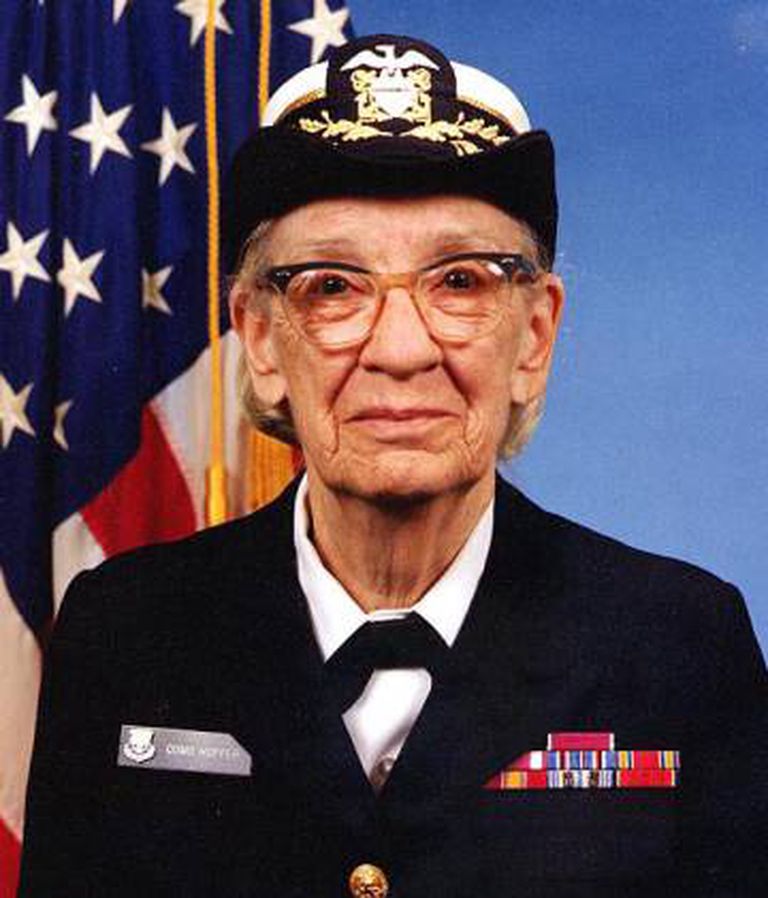We are pleased to announce that the first version of tfhub is now on CRAN. tfhub is an R interface to TensorFlow Hub - a library for the publication, discovery, and consumption of reusable parts of machine learning models. A module is a self-contained piece of a TensorFlow graph, along with its weights and assets, that can be reused across different tasks in a process known as transfer learning.
The CRAN version of tfhub can be installed with:
install.packages("tfhub")After installing the R package you need to install the TensorFlow Hub python package. You can do it by running:
tfhub::install_tfhub()Getting started
The essential function of tfhub is layer_hub which works just like a keras layer but allows you to load a complete pre-trained deep learning model.
For example you can:
This will download the MobileNet model pre-trained on the ImageNet dataset. tfhub models are cached locally and don’t need to be downloaded the next time you use the same model.
You can now use layer_mobilenet as a usual Keras layer. For example you can define a model:
Model: "model"
____________________________________________________________________
Layer (type) Output Shape Param #
====================================================================
input_2 (InputLayer) [(None, 224, 224, 3)] 0
____________________________________________________________________
keras_layer_1 (KerasLayer) (None, 1001) 3540265
====================================================================
Total params: 3,540,265
Trainable params: 0
Non-trainable params: 3,540,265
____________________________________________________________________This model can now be used to predict Imagenet labels for an image. For example, let’s see the results for the famous Grace Hopper’s photo:

class_name class_description score
1 n03763968 military_uniform 9.760404
2 n02817516 bearskin 5.922512
3 n04350905 suit 5.729345
4 n03787032 mortarboard 5.400651
5 n03929855 pickelhaube 5.008665TensorFlow Hub also offers many other pre-trained image, text and video models. All possible models can be found on the TensorFlow hub website.

You can find more examples of layer_hub usage in the following articles on the TensorFlow for R website:
Usage with Recipes and the Feature Spec API
tfhub also offers recipes steps to make it easier to use pre-trained deep learning models in your machine learning workflow.
For example, you can define a recipe that uses a pre-trained text embedding model with:
rec <- recipe(obscene ~ comment_text, data = train) %>%
step_pretrained_text_embedding(
comment_text,
handle = "https://tfhub.dev/google/tf2-preview/gnews-swivel-20dim-with-oov/1"
) %>%
step_bin2factor(obscene)You can see a complete running example here.
You can also use tfhub with the new Feature Spec API implemented in tfdatasets. You can see a complete example here.
We hope our readers have fun experimenting with Hub models and/or can put them to good use. If you run into any problems, let us know by creating an issue in the tfhub repository